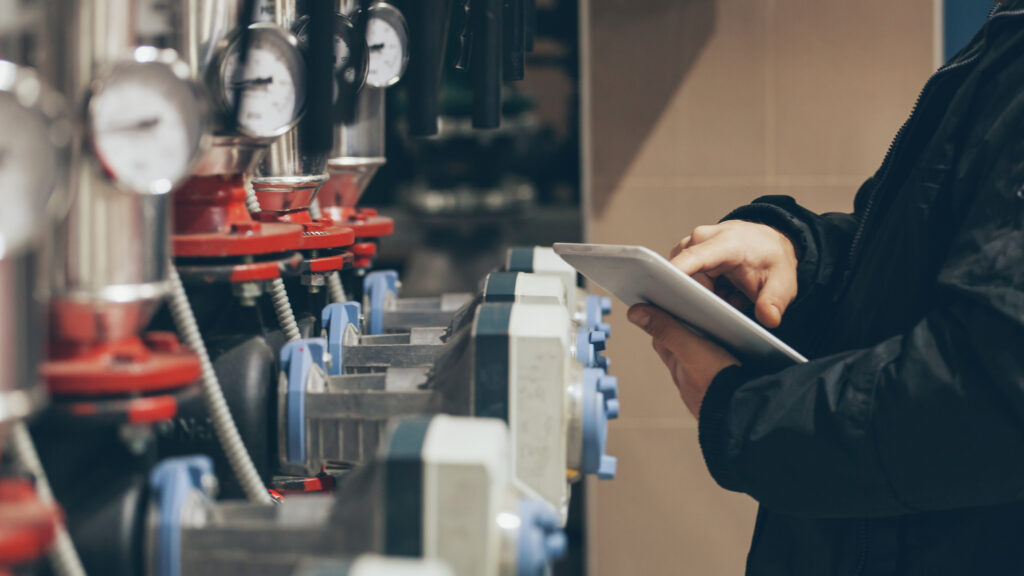
Pressing oil from high volumes of seeds and nuts can be highly energy-draining. Considering the multiple pieces of machinery involved in traditional oilseed processing and the steadily rising cost of operating that equipment, energy consumption is one of an oil mill’s largest operational expenses. By controlling and reducing energy use through each step of the process, energy efficient oil mills can boost their bottom line—driving profitability through efficiency.
Although there’s no silver bullet to instantly minimize a plant’s overall energy consumption, small steps toward efficiency can add up significantly. Here are five low-hanging opportunities to analyze and improve the efficiency of each processing step in your oil mill.
Five steps to increase oilseed processing energy efficiency
1. Seed cleaning
Seed cleaning is critical for energy efficient oil mills because you don’t want to waste energy processing material other than the oilseed you’re pressing. Stones, sand, stems, dirt, leaves, and other debris should be separated from the seeds as soon as possible so no energy is spent heating, moving, or crushing trash that doesn’t turn a profit. In a previous blog post, we calculated that dirty oilseeds can cost your operation tens of thousands of dollars in unnecessary energy costs.
Stray rocks and bits of metal left in the seeds will also accelerate wear and tear on your processing equipment—requiring additional maintenance, costly repairs, and downtime that can devastate an operation’s bottom line. Plus, these contaminants could degrade the oil’s quality and dilute the meal’s protein content, ultimately reducing the value and profitability of the end products.
2. Drying
Traditional oilseed processing plants rely on inefficient, energy-draining drying vessels to lower the moisture content of the seeds. These machines often require prolonged heat exposure of up to 20 minutes, which increases energy usage and potentially damages the end products.
Energy efficient oil mills using extraction systems from Anderson International depend on fluid bed dryers instead. Compared to traditional grain dryers, fluid bed dryers can dry material effectively and with a short residence time of less than three minutes. They use a larger volume of air to rapidly pull out more moisture, requiring less heat energy per ton.
3. Cooking
Traditional oil mill layouts include multiple machines to separately shear, flake, cook, and dry seeds before extraction. Steam cooking vessels, for example, typically burn non-renewable hydrocarbon-based fuels like natural gas to generate heat, adding excessive energy costs to an operation.
A more efficient alternative is a high-shear dry extrusion system, which eliminates the need for separate flaking mills, steam heating, and stacked cooking vessels. Anderson’s Dox™ Extruder combines multiple steps into one multi-functional machine, efficiently generating mechanical heat through friction to rupture the cellular structure of the seeds and quickly cook the material within 30 seconds.
Anderson’s high-shear extruder uses less energy per ton than any other extruder on the market. By doubling the capacity of the downstream screw press, the Dox can cut per-ton energy usage in the press in half. Additionally, eliminating steam heat enables these systems to bypass expensive industrial boilers, which come with their own complications, costs, certified technicians, and safety concerns. Anderson’s extruders can run on renewable energy sources such as wind, hydro, or solar power, making them more cost-effective and environmentally friendly than steam-based equipment.
4. Pressing
The screw press is singlehandedly responsible for the bulk of an oil mill’s total energy consumption, accounting for as much as 70% of the entire operation’s energy usage. To control this energy-draining step, energy efficient oil mills must select the most efficient presses that consume the least amount of energy per ton. Over time, they must also keep the press well-maintained so it runs at peak efficiency.
With more than a century of experience building and designing effective oil expellers, Anderson offers presses with the lowest kilowatt-hours per ton in the industry. From the precise technological parameters of our screw press to the geometric features of the shaft and its high-quality steel construction, Anderson’s expellers are built to last and designed to operate more efficiently than other machines.
5. Oil handling
Anderson’s oil handling systems recover large fine particles to recycle back into the press instead of sending high-oil solids out with the meal. This small step makes the whole system more economical by preventing waste while increasing oil recovery rates, further boosting an oil mill’s profitability.
Designing more energy efficient oil mills
Energy efficiency directly impacts the profitability of an oil mill by reducing the cost of energy consumed throughout every step of oilseed processing to boost the bottom line. Some of these measures can minimize downtime and improve oil recovery, further increasing a plant’s profitability.
As energy costs continue to rise, processors must substantially reduce their production costs to maintain economically sustainable operations. Efficient energy use is vital to an oil mill’s survival, as small changes can shave hundreds of thousands of dollars off your operating costs each year.
Anderson brings over a century of experience designing, installing, and maintaining energy efficient oil mills around the world by leveraging our industry-leading equipment and expertise. Contact Anderson today if you need help optimizing energy usage at your oil mill.
